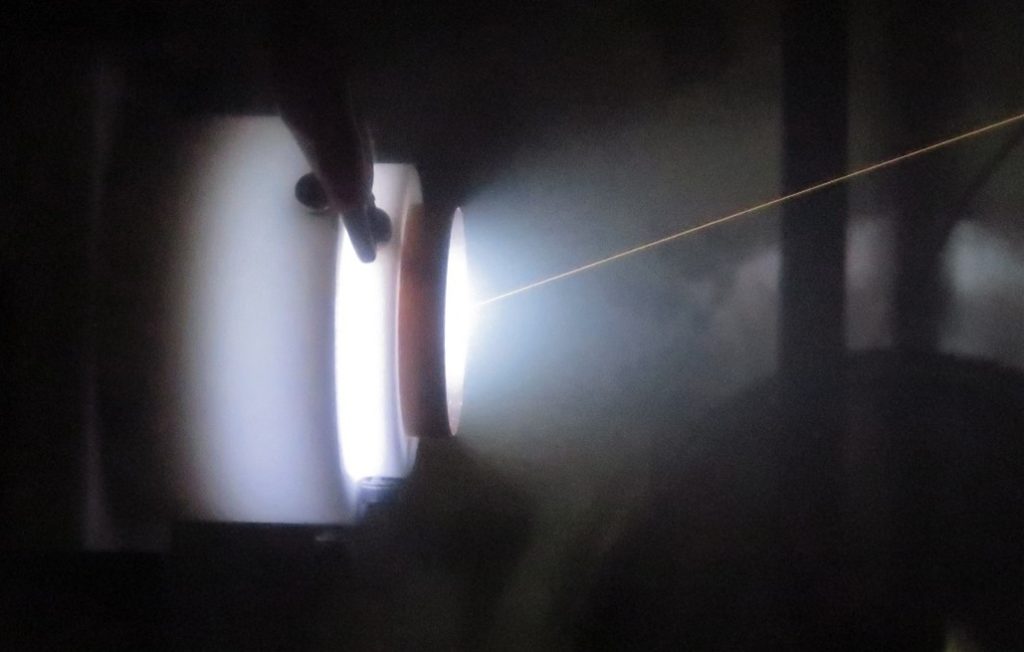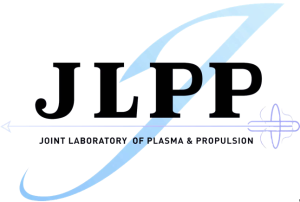Our research
VAT
VAT (Vacuum Arc Thruster) is a micronewton-scale thruster using solid propellant. It has a compact structure and is mainly used for satellite attitude maintenance and deorbiting. It does not require ion beam neutralizers or gas-related components such as valves, pressurized tanks, or gas feed lines reduces costs and the hazards posed to launch vehicles and the satellite itself.
VAT is a propulsion technology based on ablating solid electrodes to generate thrust. The ignition and breakdown of the arc is carried out by vacuum creeping flashover discharge. Throughout the process, the arc creates a “cathode spot”. The ablated metal cathode will be ionized from neutral atoms into ions with different valence states. Then, under the action of the axial magnetic field, these ions are accelerated by the Lorentz force and ejected. In addition, the liquid metal atoms generated by the arc ablation will also be ejected downstream along the outlet direction, thereby contributing a part of the thrust.
The most significant advantage of this thruster is that there is no valve control, no storage tank, and precise adjustment of the pulse amount. Additionally, Vacuum arc discharges are known for high plasma densities with high degrees of ionization, usually near 100% as evident by the ion charge state distribution since this type of discharge produces multiply charged ions for most metals.

VAT of JLPP
At present, the research of this thruster in our laboratory focuses on improving the thrust-to-power ratio of the thruster. The specific ideas are as follows:
- By improving the efficiency of the pulse discharge circuit and studying the coupling relationship between the circuit and the propulsion device, the specific requirements are related knowledge such as integrated circuits and electronics.
- Further investigation of the improvement method by studying the thrust generation mechanism, the specific requirements are Skills related to plasma diagnosis and advanced optical diagnosis.
- The choice of propellant. To examining the characteristics of some advanced conductors and semiconductors, the need is related to knowledge of materials science and semiconductors.
In our lab, a type of VAT has passed the test of micronewton thrust stand and will be applied to the experimental satellite of the Chinese Academy of Sciences. In the future, the thruster is planned to be used in a certain type of Internet constellation and deep space exploration missions.

VAT of JLPP on operation
(Lastly Updated in September, 2022)
